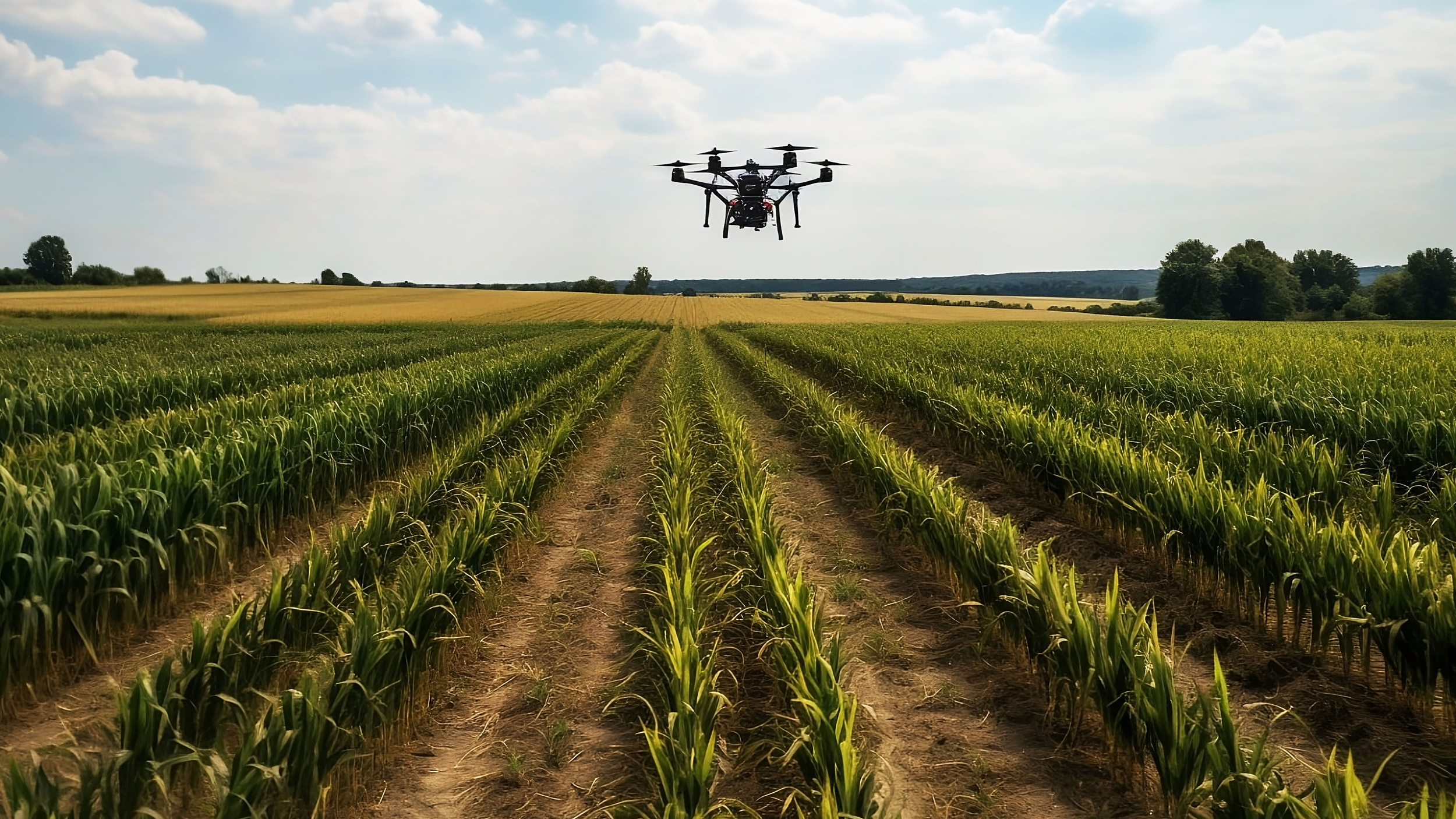
The Midwest and Corn Belt regions, steeped in agricultural tradition, are witnessing a transformation. Precision farming technologies are revolutionizing the way we cultivate our lands promising higher yields, improved efficiency, and enhanced sustainability. Let's explore how these technologies are reshaping agriculture in our backyard.
Technology: A Game-Changer for Farming and Rural Midwest
Technology is playing a pivotal role in farming, driving productivity and efficiency to new heights. Farmers are leveraging advanced tools like drones, sensors, and data analytics to make informed decisions about planting, fertilizing, and harvesting crops. This not only optimizes resource use but also addresses some of the challenges faced by rural areas, such as limited access to services and opportunities. The potential for technology to further transform farming and rural areas in the future is immense.
Educational Advancements: Preparing the Next Generation of Farmers
The adoption of precision technology in the livestock sector is not just a trend seen in the field, but also in educational institutions. Local colleges are recognizing the importance of these advancements and are incorporating them into their curriculum. Programs are being developed to provide hands-on training with drones, sensors, and data analytics tools, preparing students for the modern farming landscape.
Precision ranching technologies, a key component of these programs, have the potential to provide data that can help producers make decisions impacting profit margins, ranch sustainability, and natural resource management. The adoption of this technology by leading universities is a testament to its growing importance in livestock farming.
By equipping the next generation of farmers with these skills, we are ensuring that the future of farming in the Midwest and Corn Belt regions remains competitive and sustainable.
Precision Farming Technologies: A Deep Dive into Data-Driven Agriculture
Precision farming technologies are revolutionizing the agricultural sector, particularly in the Midwest and Corn Belt regions. These technologies, including IoT devices, sensors, machine learning, and artificial intelligence (AI), are providing farmers with the tools they need to make data-driven decisions and optimize their resources effectively.
IoT devices and sensors are at the heart of this transformation. These devices collect data on soil moisture, temperature, nutrient levels, and crop health in real-time. This real-time monitoring helps detect anomalies early, preventing crop diseases and reducing the need for excessive pesticide or fertilizer application.
Satellite-based remote sensing is another technological innovation that plays a pivotal role in precision farming. By analyzing vegetation indices and identifying variations across different areas of the farm, farmers can implement site-specific management practices. This data-driven approach enables optimized resource allocation and targeted interventions, leading to improved crop yields.
Machine learning and AI are also making significant strides in precision farming. Machine learning algorithms analyze vast amounts of data to generate valuable insights for farmers. AI-powered systems can predict crop diseases, optimize irrigation schedules, and suggest appropriate fertilization techniques. By harnessing the power of AI, farmers can make informed decisions that lead to increased productivity and sustainability.
The Rise of the Precision Agriculture Market
The precision agriculture market is witnessing rapid growth, with the market size expected to reach $40.1 billion by 2028. This growth is driven by technological advancements, a growing focus on sustainable agriculture practices, and government initiatives to support the adoption of precision agriculture. This growth signifies the increasing acceptance and reliance on technology in agriculture.
In conclusion, the future of farming in the Midwest and Corn Belt regions is bright, with precision farming technologies leading the way. These technologies are not just a part of some distant future; they are here, in our backyard, ready to transform the way we farm. As we embrace these technologies, we move closer to a future of farming that is more productive, efficient, and sustainable.
Sources:
Technology’s Impact on Farming and the Rural Midwest
https://www.atlantafed.org/cweo/workforce-currents/2021/03/01/technologys-impact-on-farming-and-the-rural-midwest
New Extension Livestock Field to Focus on Precision Tech
https://agupdate.com/farmandranchnetwork/news/livestock/new-extension-livestock-field-to-focus-on-precision-technology/article_2d186c80-2be4-11ee-8965-e79eb2f44eb6.html
Precision Farming Technologies for Resources Optimization
https://timesofindia.indiatimes.com/blogs/voices/precision-farming-technologies-for-resource-optimization-how-the-agri-tech-companies-are-leveraging-solutions-for-enhanced-productivity/
Precision Agriculture Market Size, Trends, Growth Rate and Opportunities 2023-2028 https://www.benzinga.com/pressreleases/23/07/33360209/precision-agriculture-market-size-trends-growth-rate-and-opportunities-2023-2028
Agriculture Robots Market Worth $40.1 Billion by 2028
https://www.benzinga.com/pressreleases/23/08/n33485714/agriculture-robots-market-worth-40-1-billion-by-2028-exclusive-report-by-marketsandmarkets
Remote Sensing Technology for Agriculture Market In-detail Analysis till 2029
https://www.benzinga.com/pressreleases/23/07/33434743/remote-sensing-technology-for-agriculture-market-in-detail-analysis-till-2029








